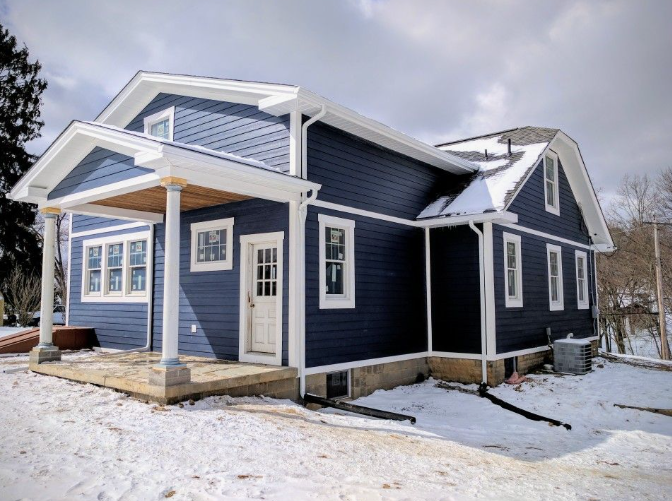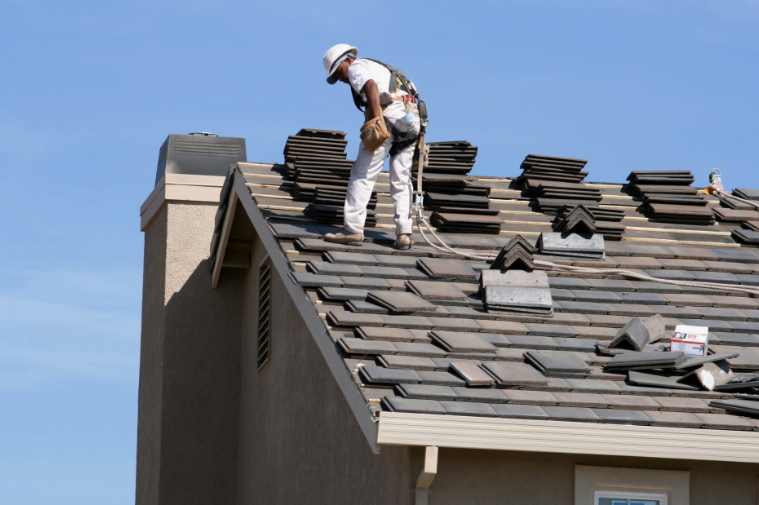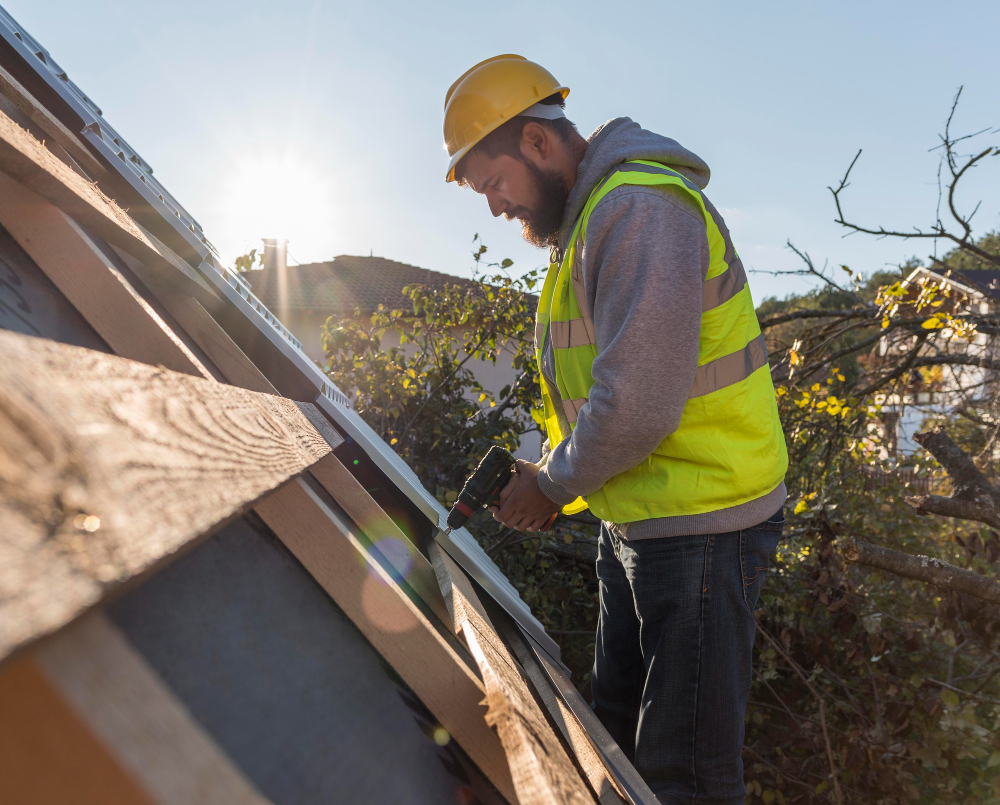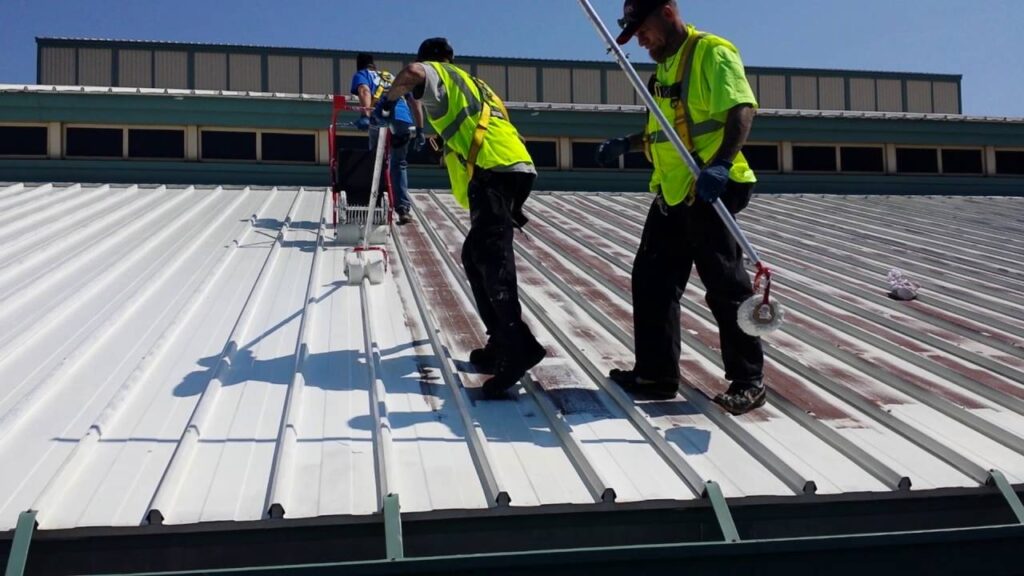Wondering if you should install insulated siding yourself? Explore the pros, cons, and tips to decide if it’s the right DIY project for your home.
When it comes to home improvement projects, the idea of doing it yourself can be both exciting and intimidating. Insulated siding installation, particularly with materials like hardie plank siding or cedar siding, is a popular choice for homeowners looking to enhance the energy efficiency, durability, and aesthetic appeal of their homes. But the question remains: Is it worth trying to install insulated siding yourself?
Table of Contents
Understanding Insulated Siding
Before diving into the DIY aspect, it’s essential to understand what insulated siding is and why it’s gaining popularity among homeowners.
What is Insulated Siding?
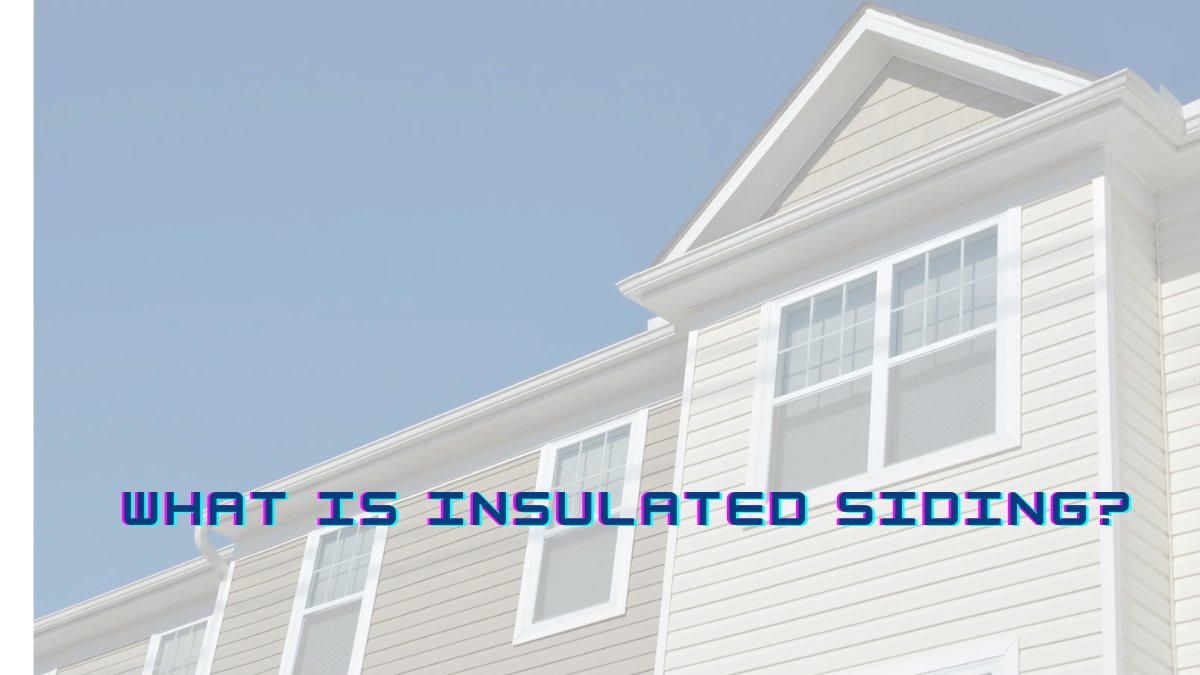
Insulated siding is an exterior cladding option that combines traditional siding materials, such as vinyl or fiber cement, with a layer of rigid foam insulation. This insulation is typically bonded to the back of the siding panels, providing an extra layer of thermal protection for your home. The primary benefits of insulated siding include improved energy efficiency, enhanced durability, and noise reduction.
Why Choose Insulated Siding?
- Energy Efficiency: Insulated siding helps reduce thermal bridging, a process where heat escapes through the studs in your walls. By minimizing this heat loss, insulated siding can significantly improve your home’s energy efficiency, leading to lower heating and cooling costs.
- Durability: The added insulation provides extra support to the siding panels, making them more resistant to impacts and weather-related wear and tear. This can result in a longer lifespan for your siding, reducing the need for frequent repairs or replacements.
- Aesthetic Appeal: Insulated siding is available in various colors and textures, allowing homeowners to achieve their desired look while also enjoying the practical benefits of the material.
- Noise Reduction: The additional layer of insulation can help dampen external noise, creating a quieter and more comfortable living environment.
Given these advantages, it’s no surprise that insulated siding has become a popular choice for homeowners looking to improve their properties. However, the real question is whether the benefits of DIY siding installation outweigh the challenges.
Pros To Install Insulated Siding
There are several reasons why homeowners might consider tackling the installation of insulated siding on their own. Let’s explore the potential advantages of taking the DIY route.
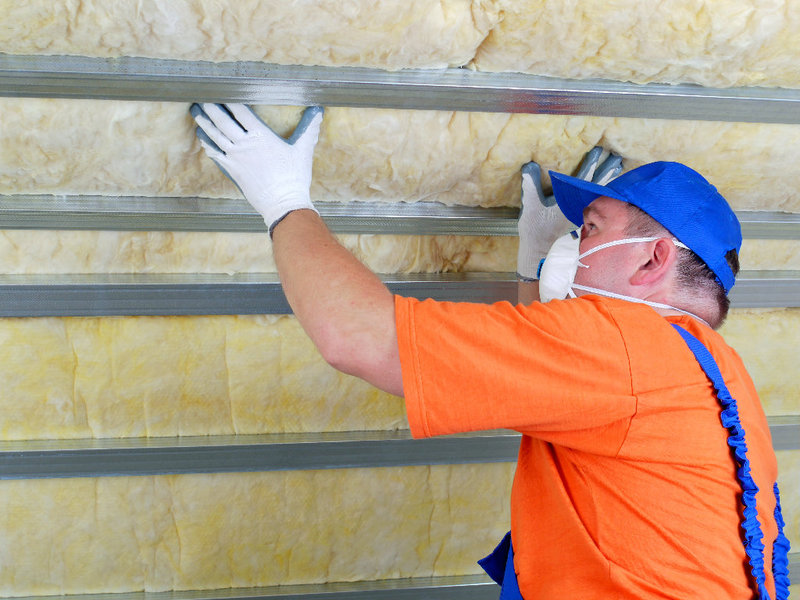
1. Cost Savings
One of the most significant incentives for DIY installation is the potential to save money. By eliminating labor costs associated with hiring a professional contractor, you could reduce the overall expense of the project. This is particularly appealing for budget-conscious homeowners who want to make improvements without breaking the bank. The siding installation costs can be significant, so saving on labor can make a big difference.
2. Personal Satisfaction
Finishing a home repair job on your own provides a particular sense of success. The satisfaction of knowing you’ve enhanced your home’s value and energy efficiency through your own efforts can be incredibly rewarding. For DIY enthusiasts, this sense of pride is often worth the time and effort invested in the project.
3. Learning Opportunity
Installing insulated siding yourself can be an excellent opportunity to learn new skills and gain hands-on experience with home improvement. For those who enjoy working with their hands and are eager to expand their knowledge of construction techniques, a DIY siding project can be both educational and fulfilling.
4. Control Over the Project
When you take on a DIY project, you have complete control over the process. This means you can work at your own pace, choose the materials and tools that best suit your needs, and ensure that every aspect of the installation meets your standards. For detail-oriented homeowners, this level of control can be highly appealing.
The Cons of DIY Siding Installation
While the potential benefits of DIY installation are tempting, it’s essential to consider the challenges and risks involved. Let’s take a closer look at the cons of attempting to install insulated siding yourself.
1. Complexity of Installation
Installing insulated siding is not a simple task, especially for those with little to no experience in construction or home improvement. The process involves precise measurements, careful alignment, and secure fastening of the siding panels. Additionally, proper insulation installation requires attention to detail to ensure there are no gaps or areas where moisture could seep in, leading to potential damage down the road. The complexity increases with materials like board and batten siding or hardie plank siding.
2. Time-Consuming
A DIY insulated siding project can be incredibly time-consuming, particularly if you’re working alone or with limited help. Depending on the size of your home, the project could take several weeks or even months to complete. For homeowners with busy schedules or those who are not fully committed to dedicating a significant amount of time to the project, this can be a major drawback.
3. Risk of Mistakes
Without the expertise of a professional, there’s a higher risk of making mistakes during the installation process. Even minor errors, such as improper alignment or inadequate fastening, can lead to significant issues over time, including water damage, reduced energy efficiency, and a shortened lifespan for the siding. These mistakes could end up costing more to fix than hiring a professional from the start.
4. Lack of Warranty
When you hire a professional contractor to install your siding, the work is typically covered by a warranty. This means that if any issues arise due to improper installation, the contractor is responsible for making the necessary repairs at no additional cost to you. With DIY installation, you won’t have this safety net, which could leave you responsible for costly repairs if something goes wrong.
When to Consider Professional Help
Given the challenges and risks associated with DIY insulated siding installation, there are certain situations where it may be best to leave the job to the professionals. Here are some scenarios where hiring a contractor for siding is likely the better option:
1. Lack of Experience
If you have little to no experience with siding installation or construction in general, it’s advisable to seek professional help. The complexity of insulated siding installation requires a certain level of expertise to ensure the job is done correctly and safely. A professional contractor will have the skills and knowledge needed to complete the project efficiently and effectively.
2. Large or Complex Projects
For larger homes or properties with unique architectural features, the installation process can be particularly challenging. In these cases, a professional contractor will be better equipped to handle the complexities of the project, ensuring that the siding is installed properly and looks great.
3. Time Constraints
If you’re working under a tight deadline or simply don’t have the time to commit to a lengthy DIY project, hiring a professional can save you time and stress. A contractor will have a team of workers who can complete the job more quickly than you could on your own, allowing you to enjoy the benefits of your new siding sooner.
4. Desire for Peace of Mind
Hiring a professional contractor provides peace of mind that the job will be done right the first time. With a warranty in place and the assurance that the work is being handled by an expert, you can rest easy knowing that your investment is protected.
Cost Comparison: DIY vs. Professional Installation
One of the most significant factors in deciding whether to tackle to install siding insulated project yourself or hire a professional is the cost. Let’s break down the potential expenses associated with both options.
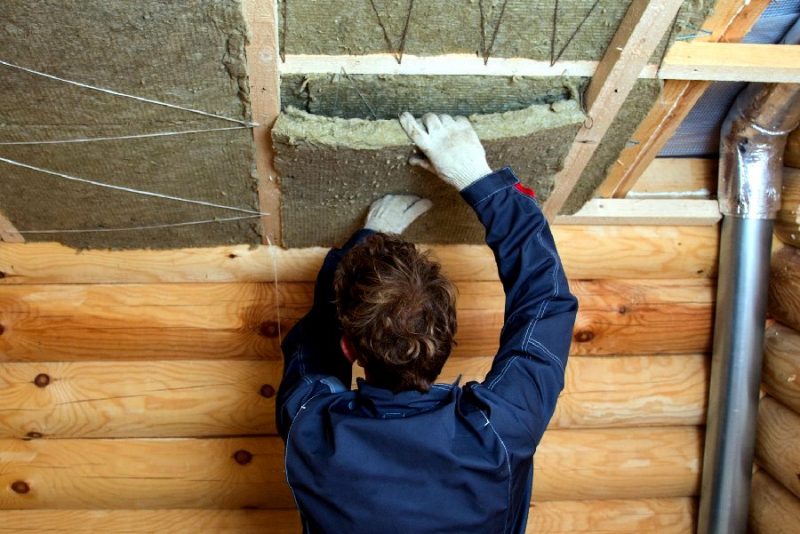
1. DIY Installation Costs
- Materials: The cost of materials for insulated siding, including hardie plank siding or cedar siding, can vary depending on the type of siding you choose, the quality of the insulation, and the size of your home. On average, you can expect to spend anywhere from $5 to $10 per square foot for materials. Additional costs may apply for specialized materials like board and batten siding.
- Tools: If you don’t already own the necessary tools for siding installation, you’ll need to factor in the cost of purchasing or renting them. This could include items like a circular saw, a siding removal tool, a level, and safety equipment.
- Time: While your time doesn’t have a direct monetary cost, it’s essential to consider the value of your time when deciding whether to take on a DIY project. A siding installation project could take several weeks to complete, which may not be feasible for everyone.
2. Professional Installation Costs
- Labor: Hiring a professional contractor will add labor costs to your project. These costs can vary depending on the contractor’s rates, the size of your home, and the complexity of the installation. On average, labor costs for siding installation range from $2 to $5 per square foot.
- Warranty: One of the benefits of hiring a professional is that their work is typically covered by a warranty. While this doesn’t have a direct cost, it provides value in the form of protection against future repair expenses.
- Efficiency: A professional contractor will likely complete the job more quickly than you could on your own, reducing the amount of time your home is under construction. This can be especially valuable if you’re working under a deadline.
Install Insulated Siding Yourself: Key Considerations
Ultimately, the decision to install insulated siding yourself comes down to your experience, time availability, and willingness to take on a challenging project. For those with construction experience, a strong commitment to the project, and a desire to save money, DIY installation can be a rewarding and cost-effective option.

Craig David
Welcome to my blog! I am a seasoned content writer with over 10 years of experience creating engaging and informative content across a range of industries. Currently, I am collaborating with Not Just Roofs LLC to deliver blogs that educate and empower readers in maintaining and improving their homes. In this series, I’ll share practical tips, roofing advice, and expert guidance to help you make informed decisions about your roofing and home improvement needs.

